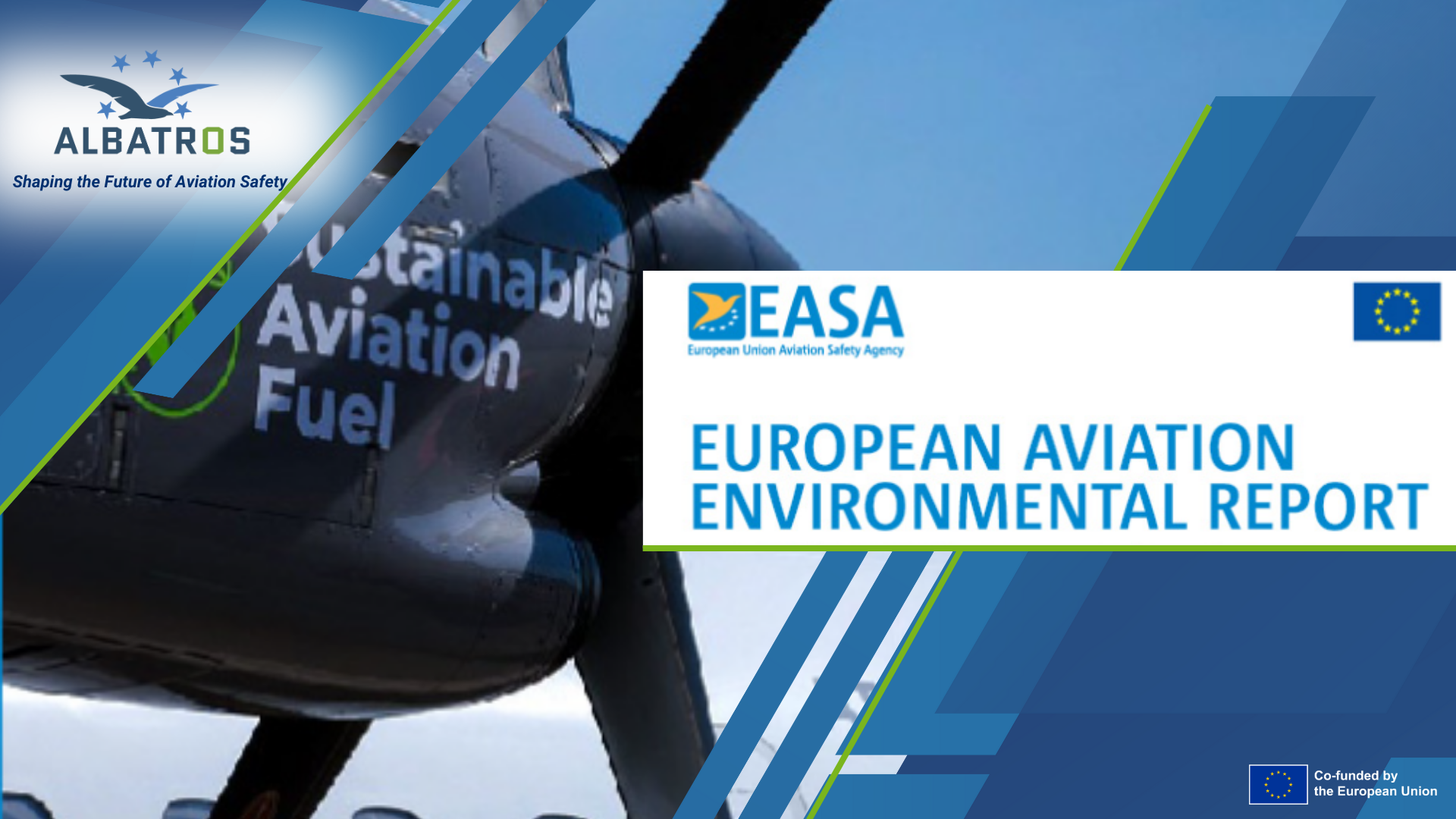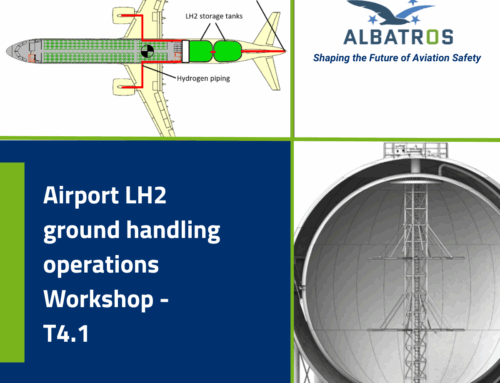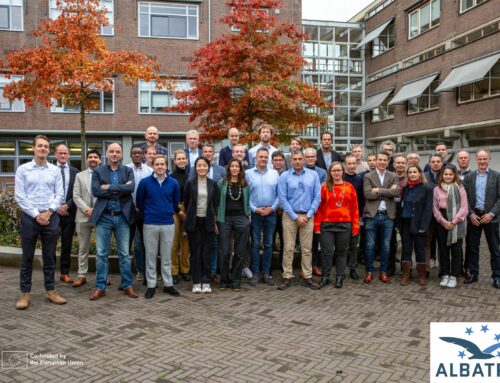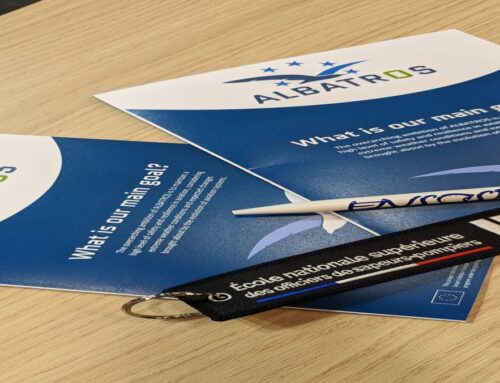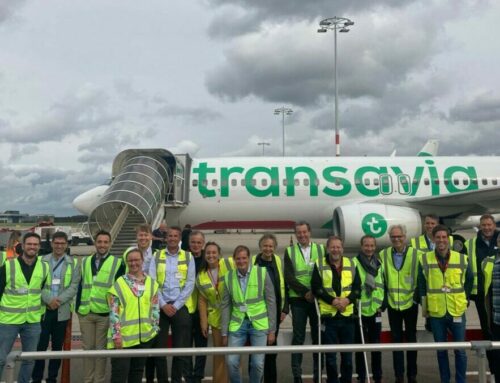European aviation faces a historic challenge: balancing growth and sustainability in an increasingly complex environmental landscape. The European Aviation Environmental Report 2025, recently published by EASA, analyzes the industry’s environmental status and outlines strategies for a more resilient and sustainable sector.
The report explores emissions trends, the integration of new technologies, and the impact of climate change on airport operations—topics that align closely with the activities of ALBATROS, the European project we are developing to make airports and flight operations safer and more adaptable to ongoing transformations.
Innovation, Extreme Weather, and Airport Resilience
One of the key aspects of the European Aviation Environmental Report 2025 that directly connects with ALBATROS is the introduction of new decarbonization solutions, such as hydrogen and electric aircraft. While these technologies help reduce aviation’s environmental footprint, they also present operational and infrastructure challenges. ALBATROS focuses on this intersection of innovation and safety, analyzing how airports and flight operations can adapt to a rapidly evolving context.
Extreme weather events—heatwaves, sudden storms, stronger winds—are already putting pressure on infrastructure originally designed for more stable conditions. Runways at risk of deformation, drainage systems pushed to their limits, and shifting flight trajectories are no longer exceptions but variables to be integrated into daily operations.
The integration of new energy carriers presents additional challenges, necessitating the development of new procedures and infrastructures to support next-generation aircraft, (e.g., hydrogen ground handling systems or high-power charging stations), as well as the establishment of novel emergency protocols to address potential safety events. Addressing these changes requires a data-driven, predictive approach. In this context, ALBATROS is developing tools to assess the risks of extreme weather events, test impact scenarios on infrastructure, and identify solutions to enhance airport resilience—insights that will soon be shared. This means anticipating critical issues and proposing concrete strategies to ensure safe and efficient operations, both today and in the future.
Next Steps: Towards a Safer and More Sustainable Aviation
The European Aviation Environmental Report 2025 is not just an analysis of the current state but a launchpad for new strategies and investments. At ALBATROS, we will continue working to turn these challenges into opportunities, collaborating with European partners to ensure that safety remains a top priority as aviation evolves.
EASA’s recommendations raise key questions: How can we integrate innovation without compromising safety? How can we redesign airports to prepare them for the future? The discussion is open, and ongoing research will be crucial in charting the course ahead.
📌 For further details, you can read the full report here: European Aviation Environmental Report 2025


